How to Thrift a 1970s Furniture Aesthetic — Without It Looking Kitschy
The secret to curating a stylish 70s aesthetic is by finding the real deal, and your best bet at that is thrifting secondhand — here's how
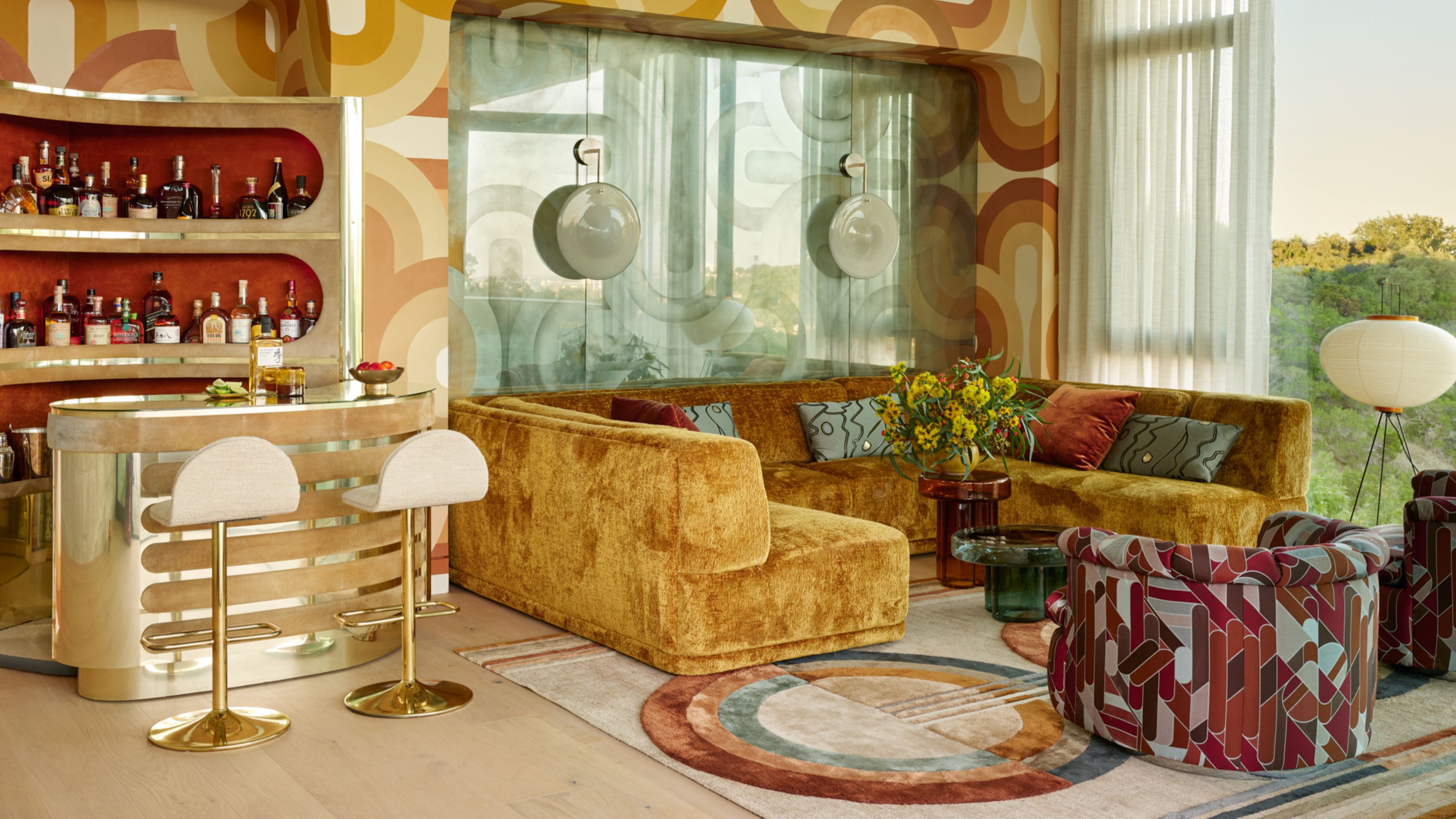

From brass tables to shag rugs, the 1970s aesthetic is having a major design resurgence. And while warm tones, curvy silhouettes, and tactile materials make their way into contemporary interiors, an obvious challenge presents itself: how do you integrate the sexy 70s into your aesthetic today, without veering too far into the realm of kitsch?
One sustainable (and affordable way) to shop the trend is knowing how to thrift the look, but it's a slippery slope from sourcing a range of chic vintage pieces to designing a living space that looks overly retro.
So, Livingetc has called upon me, an experienced thrifting expert and antiques dealer, to share my (and some of my industry contact's) best tips for sourcing, styling, and curating a 1970s-inspired space that oozes sophistication. Here's what you need to know.
1. Familiarize Yourself With the Hallmarks of 1970s Design
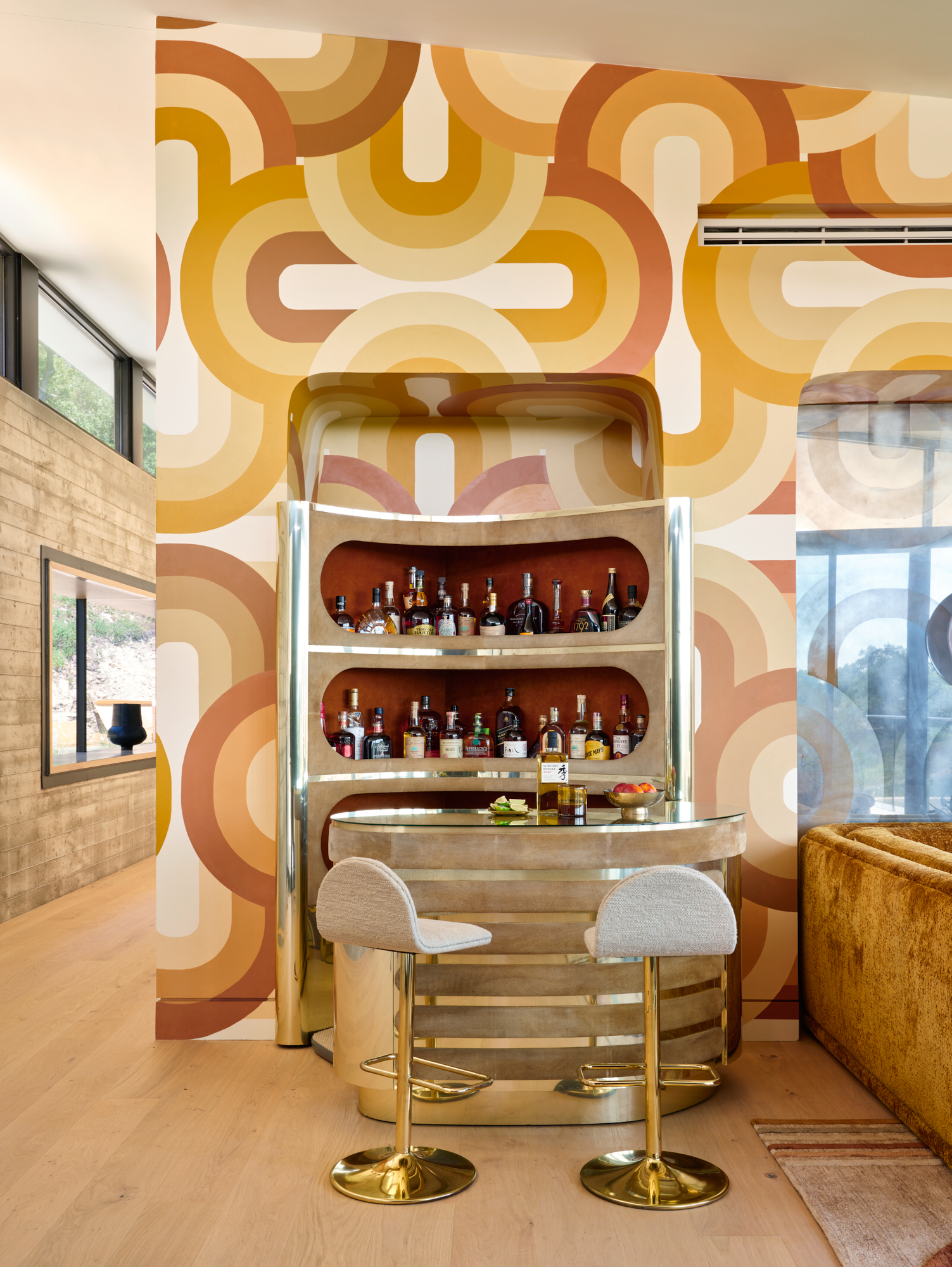
Getting to know the shapes, shades, and fabrics that dominated in the 70s will make it much easier to identify original pieces in secondhand stores.
The 1970’s was an era known for a few key furniture trends — among them: low-slung seating, modular sofas, burl wood, rattan, smoked glass, and space-age plastics.
As Anthony Barzilay Freund, editorial director at 1stDibs explains, "1970s design really captured the most iconic elements of its decade: the glitz and glamour of disco, the relaxed spirit of Bohemianism, and an eco-centered interest in handcraft. Uniting these phenomena was a strong interest in material."
And it was the incorporation of such natural elements that helped keep Bohemian furnishings sophisticated, he adds. "Collectors’ favorites include the iconic designs of Gabriella Crespi and Ingo Maurer, as well as the ‘Africa’ chairs designed by Afra and Tobia Scarpa for Maxalto (available on 1stDibs)."
Anthony Barzilay Freund is the editorial director at 1stDibs. In that role, he oversees the weekly Introspective magazine, The Study blog, and The 1stDibs 50 awards. He is an industry expert on iconic furniture designs, so has become one of the first people Livingetc likes to go to when it comes to understanding the pieces that made up a certain time, place, or style.
2. Know Where to Source
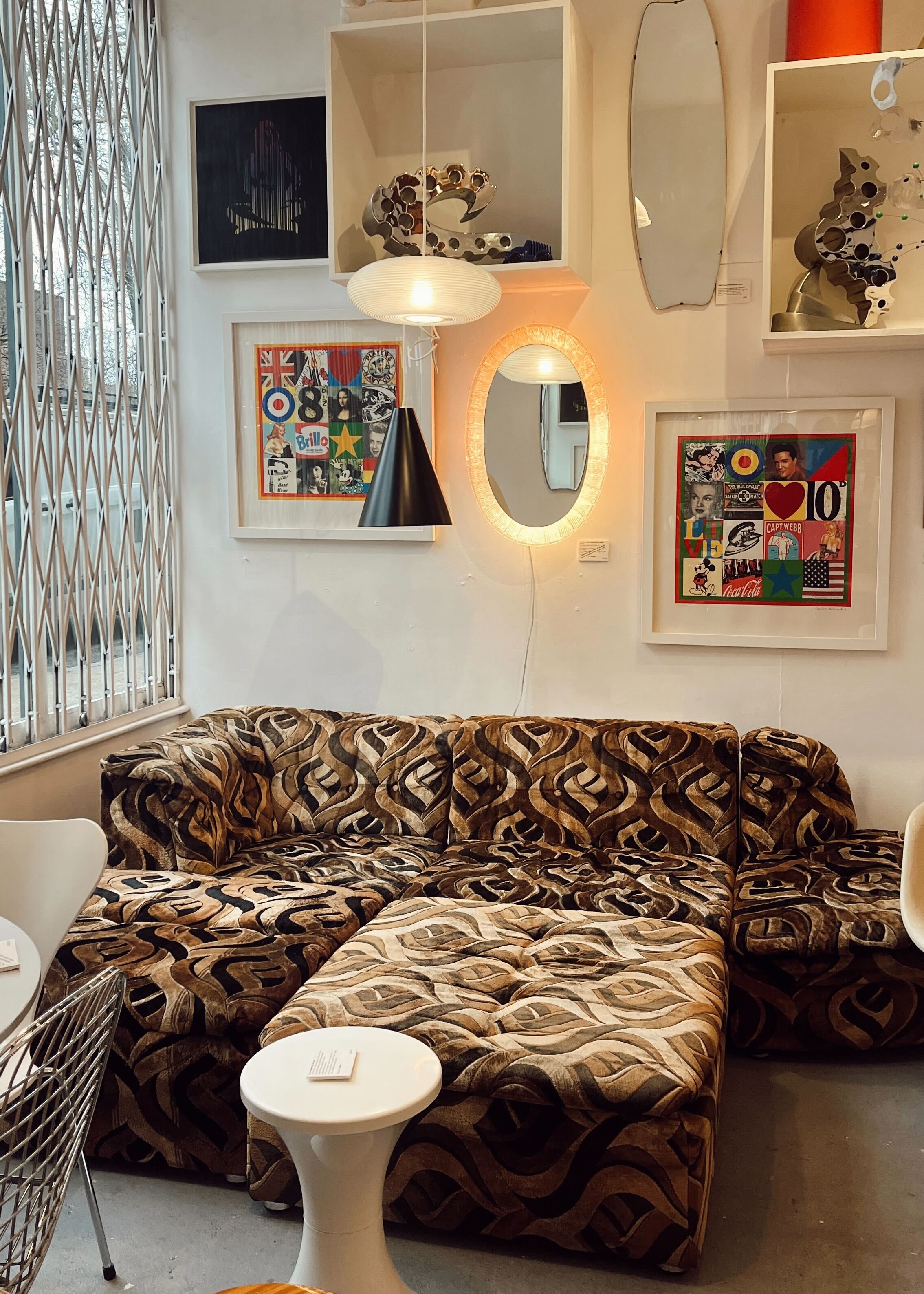
It's as much about knowing where to look as it is what to look for — some traders will specialize in certain eras, so spend the time doing your homework.
If you’re looking for very high-end, well-restored pieces of furniture, head to the best online furniture marketplaces like 1stDibs and Chairish. If you aren’t afraid to get a little dirty, though, dig through the merchandise at a charity shop. Just know that some donated items may require some investment, in the form of cleaning, re-upholstering to make an item fit into a more modern home, and even staining or refinishing wood.
Estate sales — particularly in the United States and Canada — can also be excellent resources. I make it a point to visit sales in neighborhoods with some history. Palm Springs, California, for instance, grew to be popular with film and television stars in the 1930s and, by the 1970s, the glitterati was living and vacationing there. The thrift stores, estate sales, and antique malls in that area of the U.S. are brimming with pieces from the 1970s.
And keep in mind that while secondhand shopping is always a more eco-friendly choice than buying new, it can also serve as an investment (some pieces by 1970s designers like Gabriella Crespi have appreciated ten-fold over recent years — if you can find them at a bargain, they will only hold or increase their value).
3. Prioritize the High-Quality Pieces
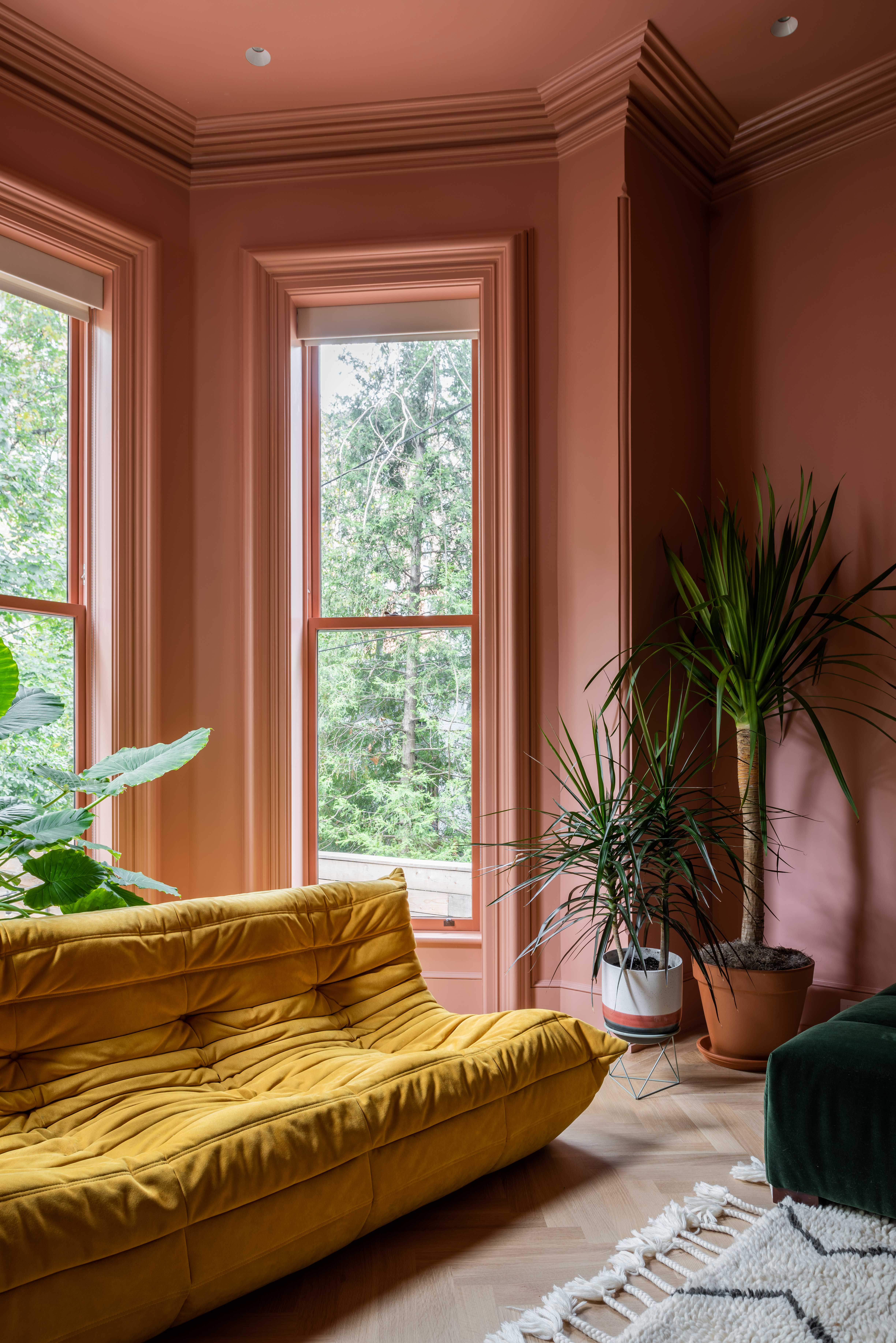
While higher quality pieces may come with higher price points, they'll make a monumental difference in channelling an authentic 70s-inspired aesthetic.
The best (read: most high-quality) pieces are those by the big names. “There were sumptuous sofas designed for lounging by Mario Bellini, Hans Hopfer, Michel Ducaroy and the iconic swiss company De Sede, including the Terrazza, Mah Jong, Cameolonda and Togo, which are widely sought after today,” notes Anthony when I asked him about some off the biggest 70s sofa trends.
To familiarize yourself with the makers of the 1970s, search 1stDibs and Chairish for those names, plus other iconic designers like Milo Baughman, Mario Bellini, and Pierre Paulin.
In the wild (i.e. at thrift stores and the like) look for high-quality materials that read 1970s, such as brass, chrome and shag. “Glamorous case pieces and cocktail tables were made from metals, lucite, and exotic burl woods, including credenzas by Paul Evans and Milo Baughmann, vitrines and case pieces by the manufacturer Mastercraft, and sophisticated cocktail tables and accent pieces by Romeo Rega, Willy Rizzo and Charles Hollis Jones,” Anthony adds.
It’s also important to learn what to avoid — namely, anything that simply can’t be salvaged or anything that will make it look like your home is actually the set of the 1977 film Saturday Night Fever.
My advice is to train your eye to look for quality, and steer clear of items that feel too kitschy or dated.
4. Juxtapose the Old with the New
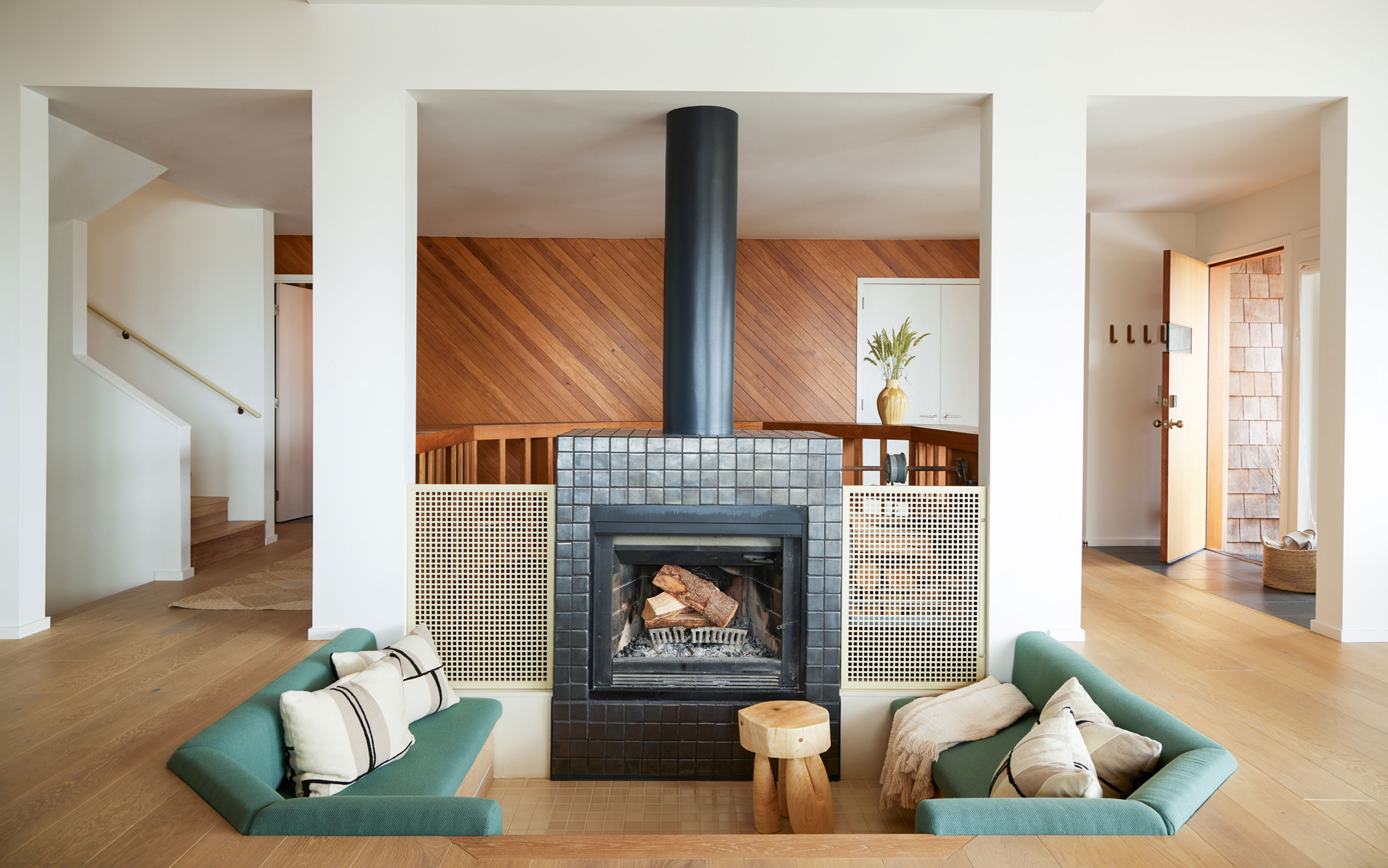
The best way to steer away from kitsch is balance — pairing a few key pieces of 70s furniture within a modern setting.
There are many directions in which the 1970s aesthetic can veer. You could add in a small dose of 1970s — say, this Gabriella Crespi brass and rattan lamp on 1stDibs — or go big and bold with something like a pair of leather De Sede Terrazza sofas.
As with any interior design trend, you’ll want to challenge yourself to balance the aesthetic with more contemporary pieces. In order to integrate ’70s pieces into a modern space and not make it feel like a time capsule, pair the statement finds (the shag rugs, the punchy upholstered couches, the brass chairs) with contemporary elements, such as organic textiles, neutral palettes, and minimalist accents.
Alternately, stick to 1970s pieces that don’t feel so obvious, like those that are more minimal in their design and materiality.
But Anthony notes that not everything designed in the 1970s was gleamy and sculptural. “On the other end of the design spectrum was a movement away from industrialization, and many designers sought to capture the beauty of natural woods and the simplicity of handcraft, and they embraced a simpler, more vernacular style in their work,” he says.
“French and Swedish pieces from this era are particularly sought after, including the work of Pierre Chapo and Charlotte Perriand, the designs of Guillerme et Chambron for Votre Maison, and Scandinavian furniture and lighting, particularly in pine.”
Ultimately, when it comes to thrifting a 70s-inspired aesthetic, opt for pieces you are naturally drawn to. To avoid it feeling too kitsch, stick to a single 70s color palette, to ensure your space still feels cohesive, rather than random.
Be The First To Know
The Livingetc newsletters are your inside source for what’s shaping interiors now - and what’s next. Discover trend forecasts, smart style ideas, and curated shopping inspiration that brings design to life. Subscribe today and stay ahead of the curve.

Virginia Chamlee is a longtime writer, artist, antiques dealer, and the author of the best-selling book, Big Thrift Energy. She's been collecting and selling vintage furniture and home decor for the better part of a decade now. Her home has been published in numerous interiors publications, for which she also contributes to as a design writer. In her spare time, she also publishes a regular Substack newsletter all about shopping for and styling vintage pieces in your home, called What's Left.
-
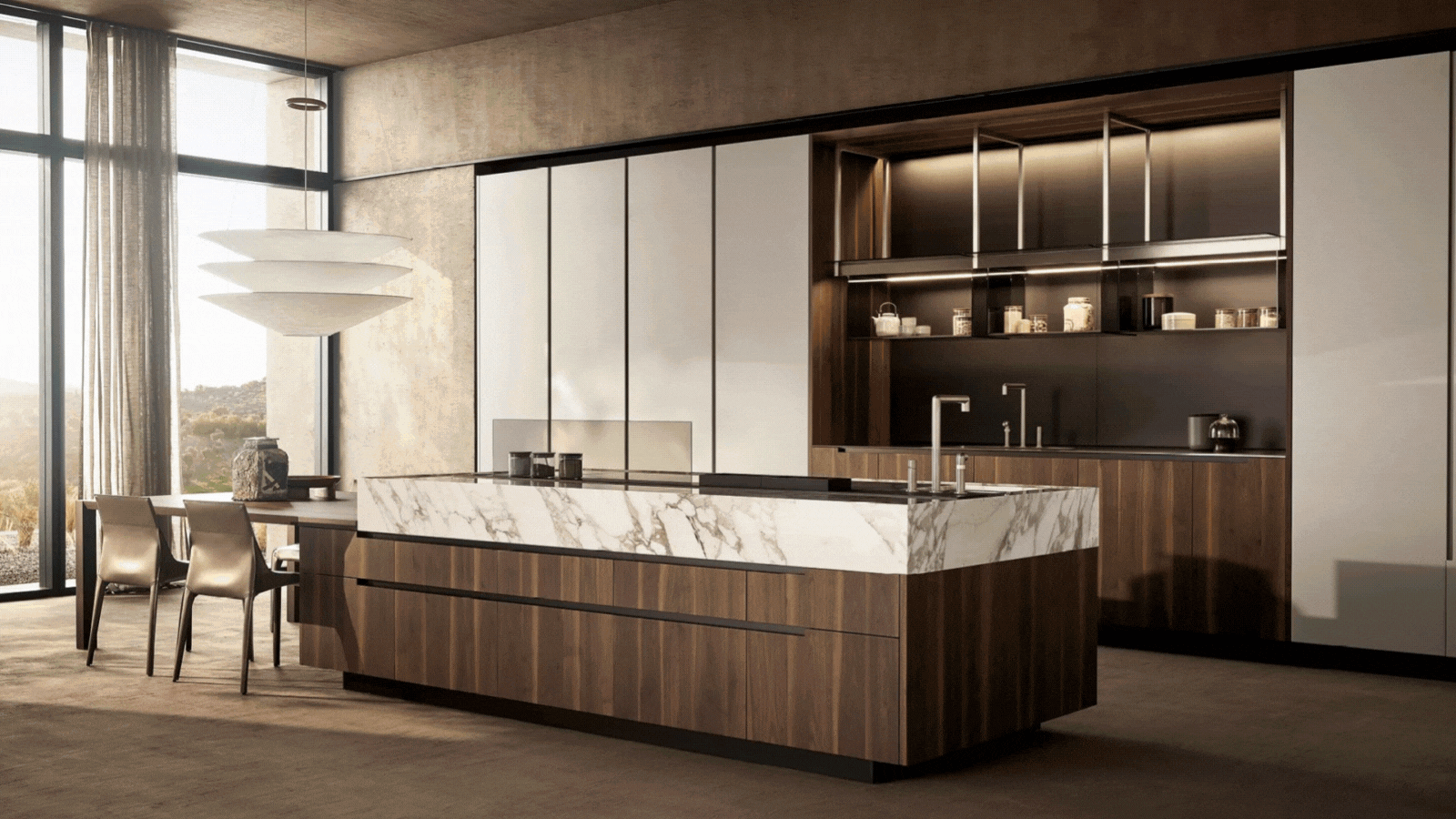 Italian Kitchen Trends — 5 Emerging Ideas From the Chicest Italian Designers That I Predict Will Go Global in 2025
Italian Kitchen Trends — 5 Emerging Ideas From the Chicest Italian Designers That I Predict Will Go Global in 2025Fresh from Milan Design Week, these are the exciting finishes, styles, and innovative materials I can't wait to see in more kitchens this year
By Faiza Saqib Published
-
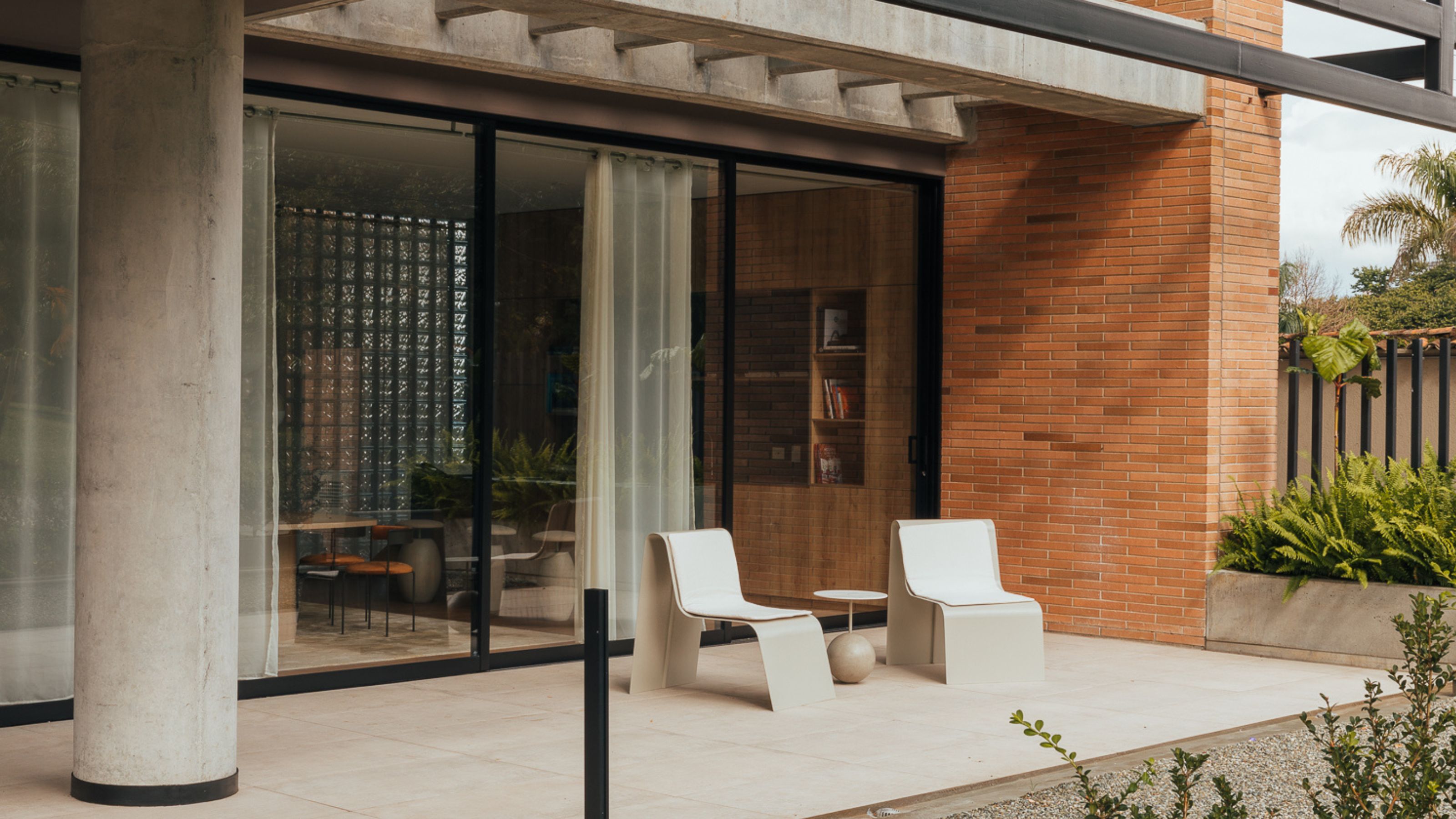 Small Patio Ideas — 8 Clever Ways to Style Up Even the Tiniest of Outdoor Spaces
Small Patio Ideas — 8 Clever Ways to Style Up Even the Tiniest of Outdoor SpacesIf you're dreaming of turning your small patio into a dream space the right combination of practical and creative ideas will help you max up its potential
By Sarah Wilson Published